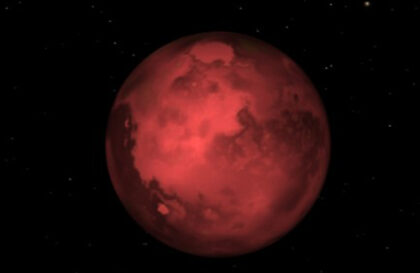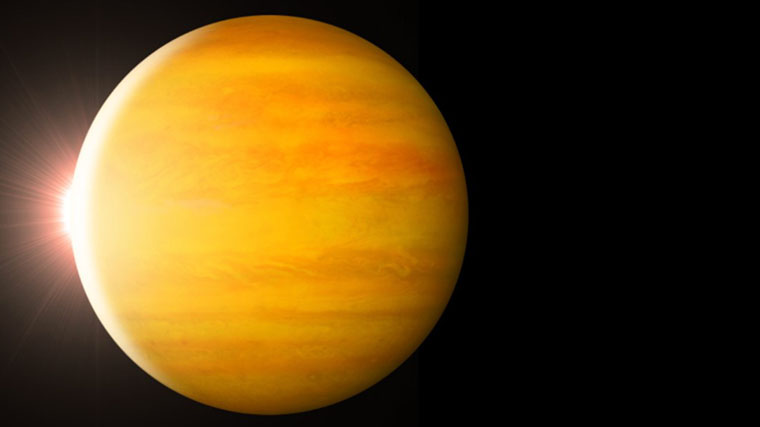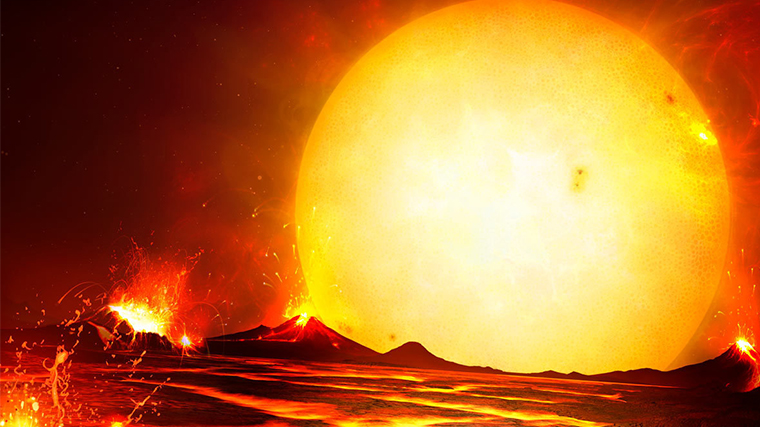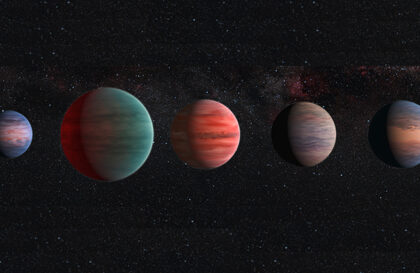“From the exoplanets’ point-of-view, we are the aliens,” said Lisa Kaltenegger, director of the Carl Sagan Institute at Cornell.
The Gaia satellite has helped scientists create a map of stars that can observe Earth as it passes the Sun. Researchers from the Carl Sagan Institute at Cornell and the American Museum of Natural History found 2,034 star systems within 100 parsecs, or 326 light years, from which Earth can be seen passing in front of the Sun. Among them, 1,715 could have seen Earth within the last 5,000 years, and another 319 will appear in the next 5,000 years.
Located in the constellation Virgo, the Ross 128 system, with a red dwarf as its parent star, is just 11 light-years away. This system is the second closest with an exoplanet 1.8 times the size of Earth. From this exoplanet, it was possible to observe the Earth passing in front of the Sun for 2158 years. But their time was passed about 900 years ago.
Credit via ESO/L. Calçada/wikimedia, CC BY-ND.
Of the 2,034 star systems in Earth’s transit zone, 117 are within 100 light-years (the distance our radio waves travel from Earth), and 75 have been in this zone since radio broadcasts began on Earth about a century ago. These systems could pick up our radio waves as signs of civilization. This list includes seven known exoplanets that can detect Earth using the same technique we use to detect them. If there is life on these planets, it could analyze the Earth’s atmosphere, illuminated by the Sun.
If intelligent life exists on either of the two planets in Teagarden’s star, in 29 years, it will be in an excellent position to observe Earth’s transits relative to the Sun.
And on one of the seven planets of the Trappist-1 system, they will be able to notice us only after 1642, when their orbits will lead them to the Earth’s transit zone. Their ability to observe the Earth will last 2371 years. Four planets of this system are in the area suitable for life. The distance from it to Earth is only 45 light years.
The scientists’ study indicates that even the stars closest to us usually remain in a position allowing us to observe the Earth’s transit for over a thousand years—sufficient time to identify Earth as a planet worthy of attention.
Interestingly, aliens could see that Earth was a habitable planet approximately 2 billion years ago due to the accumulation of oxygen in the atmosphere.
Banner image: by Marcin Frąckiewiczin Artificial intelligence, TS2 Space
Image credit:
https://ts2.space
https://earthsky.org
https://uk.wikipedia.org






